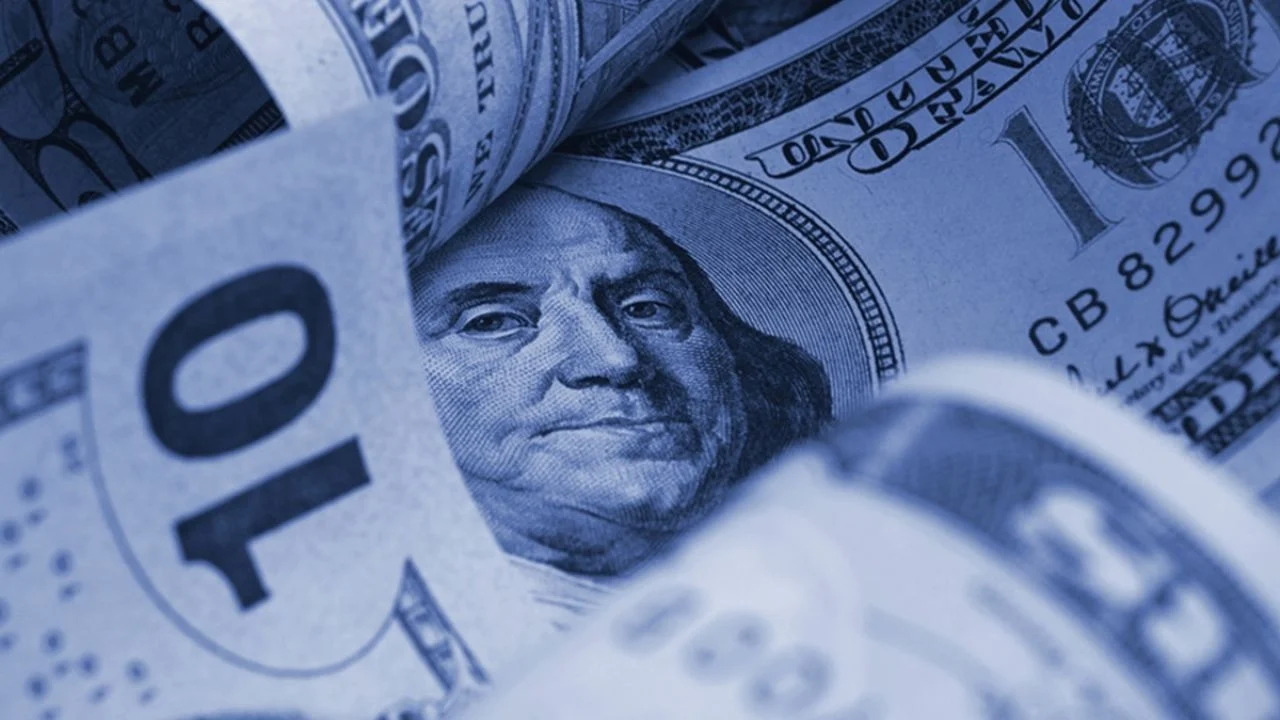Argentina’s blue dollar is on the move, hitting a buy rate of US$725 and a sell rate of US$730. This uptick comes after a calm period in late August and early September.
The blue dollar’s rise marks a US$20 jump in just two days. As a result, the gap with the official rate has grown to 108.5%.
Financial dollars are also going up. The MEP and the CCL saw increases of 0.9% and 0.2%, respectively.
The MEP rate exceeded US$681, while the CCL nudged below $738.
This surge is happening right before new inflation stats come out. Experts predict August’s inflation could be around 11% or 12%.

If true, it would be the highest monthly rate since March 1991. The total inflation for the year would then near 80%, well over initial government estimates.
Economy Minister Sergio Massa has also made news. He proposed a plan to remove income tax for 800,000 people.
Critics say this could cost the country about $1 trillion in lost tax money each year.
Experts and opposition figures are now more concerned.
They fear the lost tax money might be made up through more money printing, leading to even higher inflation for everyone.
Background
Argentina has a history of economic volatility, with inflation being a major concern. The unofficial, or “blue,” dollar is often seen as a barometer of economic health.
This rise in the blue dollar is significant because it disrupts a short-lived period of stability.
Unstable currency rates can worsen Argentina’s already strained economic conditions.
Moreover, the difference between the official and blue dollar rates is widening. This is a concern because it can fuel black market activity and reduce foreign investment.
The government had estimated a 60% annual inflation rate for 2023, which now seems optimistic.
The climbing blue dollar rate and looming inflation report could be warning signs for more economic turbulence ahead.

